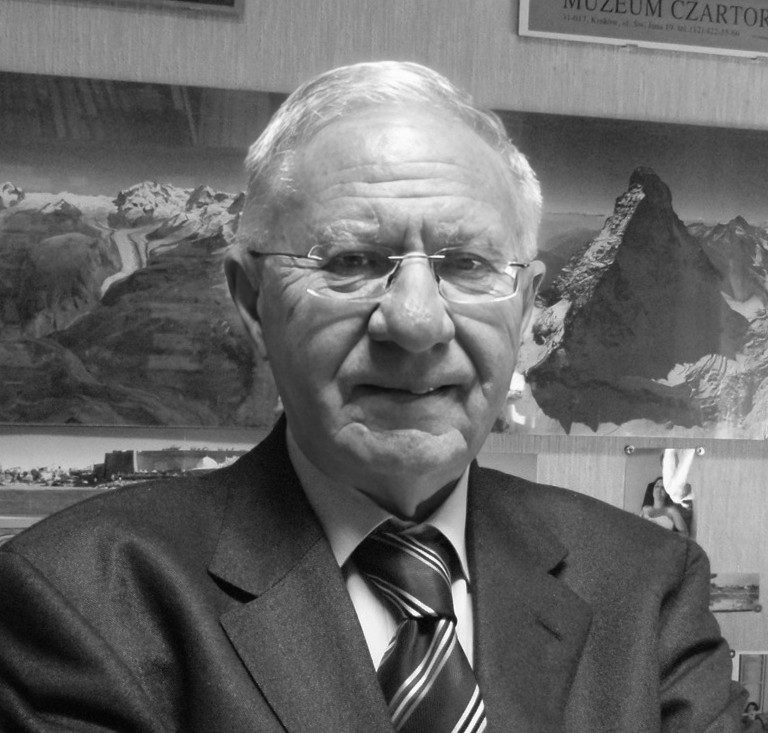With great sadness we have received the message, that Carlo Guaraldo passed away.
He was a great hadron physicist and one like nobody else who was building bridges between people and who paved the way into the future.
We will miss him vey much and keep his memory.
Carlo Guaraldo (1938-2024) was a key figure and a pillar of the Laboratori Nazionali di Frascati (LNF) of the Italian Institute of Nuclear Physics (INFN), as well as of the European hadronic physics community.
Born in Torino, Guaraldo studied physics at Sapienza University in Rome, and his scientific interest was the understanding of Quantum Chromodynamics (QCD).
He began his scientific career in the 1960s at the Frascati Laboratories, where he investigated the nuclear structure by studying pion scattering on various nuclei and a wide range of photoreactions. He eventually became the head of the local facility LEALE (Laboratorio Esperienze Acceleratore Lineare Elettroni) where these activities were conducted.
A member of the Torino-Frascati-Dubna collaboration (TOFRADUP) and leader of the ALFA3 project, Guaraldo started participating in experiments at the CERN Low Energy Antiproton Ring in the 1980s. He was involved in PS179 and later in the OBELIX (PS201) experiment, where he and Tullio Bressani from Torino University served as spokesmen. The OBELIX experiment aimed to conduct spectroscopy of exclusive hadronic states produced via antiproton and antineutron interactions under various conditions. Guaraldo was a driving force in the collaboration, proposing several research lines including Pontecorvo reactions and exotic hadron spectroscopy, with particular interest in the H-dibaryon and the E/iota resonance.
In the 1990s, Guaraldo supported the realization of the DAFNE complex. He played a crucial role in defining the scientific program for the new facility and, along with Bressani, secured approval for a nuclear physics program at DAFNE, initially intended solely for CP-violation and fundamental symmetries studies. After contributing to the approval of the FINUDA experiment (Fisica NUcleare a DAfne), he shifted focus to establish a new research line: the study of kaonic atoms. This research has been enduring, extending the scientific life of the facility to the present days. Guaraldo served as spokesperson for the DEAR and SIDDHARTA experiments, which achieved the world most precise measurements on kaonic atoms.
At the turn of the millennium, Guaraldo was a pioneer in promoting cooperative efforts across the hadron physics community. He initiated and led a series of successful projects funded by the EU commission, coordinating the HadronPhysics, HadronPhysics2, and HadronPhysics3 initiatives from 2004 to 2014. These projects provided open access to six world-class experimental facilities (COSY, MAMI, LNF, ELSA, GSI/FAIR, and CERN) and the European Centre for Theoretical Physics ECT* in Trento, fostering new developments in hadron physics. This was certainly the most complex and challenging managerial activity Carlo Guaraldo pursued, but having been involved in many other important committees, he was well trained for this role.
Guaraldo's extensive managerial experience included serving on the INFN Management Board, the Program Advisory Committee of FZ Jülich, and the executive board of the DIRAC (PS212) CERN experiment. He was involved in financial working groups for the FAIR project in Darmstadt and the X-FEL project in Hamburg, and held roles in cooperative activities between INFN and various international organizations such as the Institute for Nuclear Physics (INP) in Novosibirsk, the Moscow Meson Factory Troizk, the Institute for Theoretical and Experimental Physics (ITEP) in Moscow, and the Institute for Research and Development for Physics and Nuclear Engineering (IFIN-HH) in Bucharest.
Beyond his professional achievements, Carlo Guaraldo was known as a kind and friendly person with broad cultural interests. Curious and open-minded, he was a mountain lover and a tenacious cyclist. His presence will be missed, along with the coffee he made with his own moka machine for visitors to his office.
Paola Gianotti





